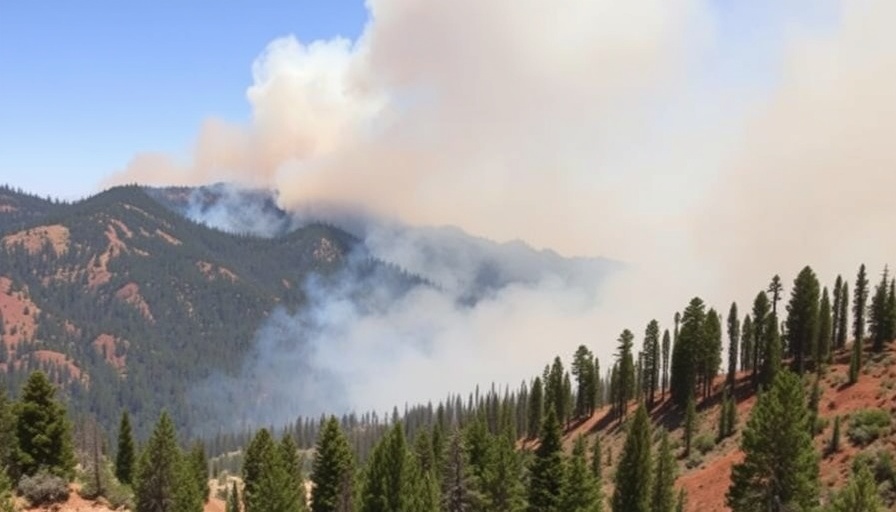
The Echoes of 1987: Learning from Past Disasters
In the early morning of July 4, a devastating flood swept through Texas, leaving almost 130 lives lost and even more families torn apart. Surprisingly, many survivors of the 1987 flood see this recent catastrophe as a painful echo of their own experiences decades later. On July 17, 1987, the Guadalupe River in Texas rose dramatically, resulting in the tragic drowning of ten children who were caught in the chaos of a flash flood, reminding us painfully that the lessons of the past often go unlearned.
Understanding Flash Flood Alley: Risks and Reality
Texas is known for its picturesque landscapes, but it is also notorious for its flash floods. This region is often referred to as “Flash Flood Alley,” a title earned due to its vulnerability to quick, life-threatening rises in water levels. For locals like Emily Davis, the memory of the 1987 flood lingers, posing critical questions about community preparedness and disaster response. "Why didn’t they learn from this? Why wasn’t there a better system?" she asks, representing a collective sentiment echoed across generations who have witnessed similar tragedies.
Comparing Past and Present: A Disheartening Trend
Analyzing the contrasting flood incidents shines a light on alarming trends regarding infrastructure and emergency response strategies. In 1987, the rainstorm heralded a slow-moving crisis; this year's flood came swiftly, devastating an entire community in a matter of moments. Conversations with first responders reveal old protocols still in place, even when new technology could help forecast such events better. The recurring tragedy begs the question: Why do similar disasters continue to strike?
Community Support and Infrastructure Resilience
The aftermath of the recent flood emphasizes the need for stronger community support systems and infrastructure resilience. Experts argue that while no solution is foolproof, immediate plans for improving warning systems and resource access are paramount. Survivors recall that the confusion on the ground both in 1987 and now indicates a systemic failure that needs addressing urgently. Flood management must take precedence in conversations about local policies and urban development.
Lessons Not Learned: A Wake-Up Call
The echoes of past calamity become blurred over time, but two tragedy points remain clear: First, the community must mobilize to ensure better preparedness, fostering a more alert and engaged citizenry during severe weather events. Second, stakeholders must advocate for the use of advanced technologies, such as predictive analytics and real-time monitoring systems, that can significantly enhance our ability to respond to such natural threats. Bringing in education about climate and weather risks into school curriculums may also help foster a culture of awareness among the next generation.
A Call to Action: Evaluate Your Safety Measures
In light of these tragedies, it is essential for homebuyers, sellers, and property investors to assess the safety measures in their properties. Flood zones are an ever-present threat, and understanding your risk while ensuring your home and community are adequately prepared can save lives. Consider investing in properties designed with sustainable materials and landscaping techniques that mitigate flooding risks. Prioritize your family's safety and stay informed. Communities that promote sustainability not only protect their inhabitants but also foster resilience during climate emergencies.
As Texas mourns its loss, the time is ripe for a renewed commitment to learning from past experiences. The narrative of floods, both past and present, must drive action for a safer future for all Texans. Join the conversation on community safety. Advocate for your local representatives to prioritize measures that protect our neighborhoods and preserve lives.
 Add Row
Add Row  Add
Add 





 Add Row
Add Row  Add
Add 








Write A Comment